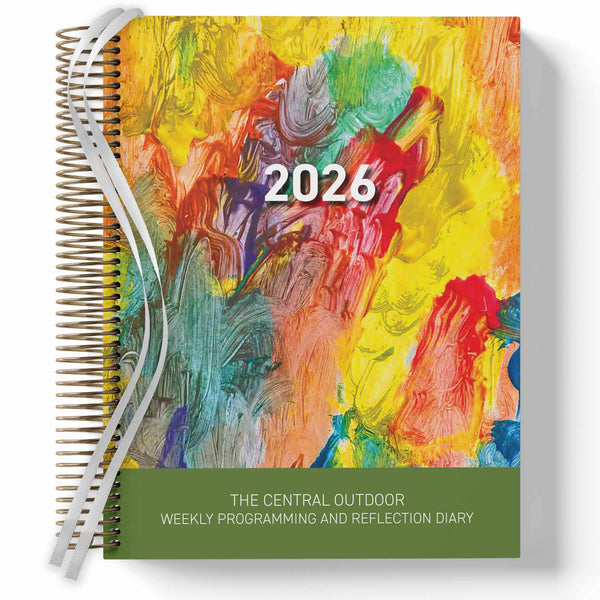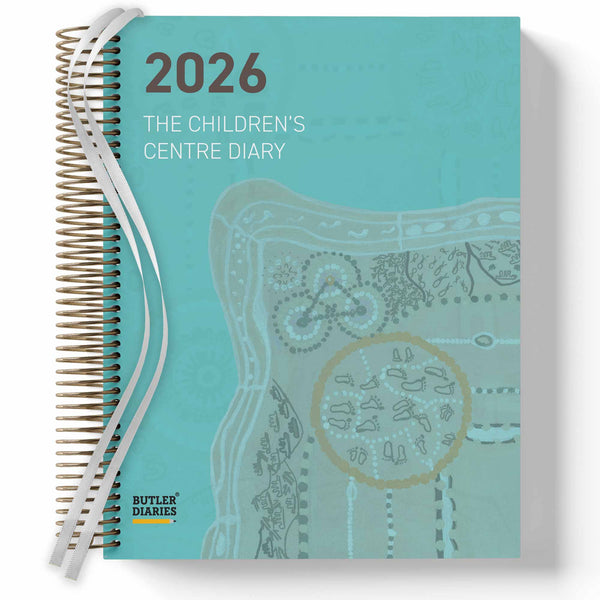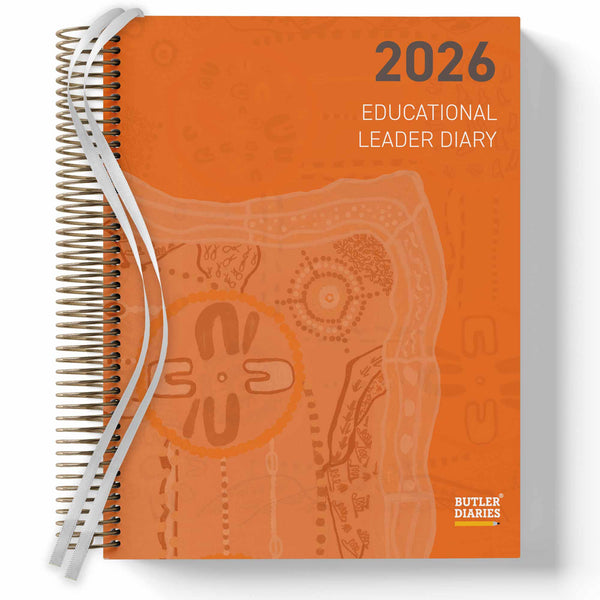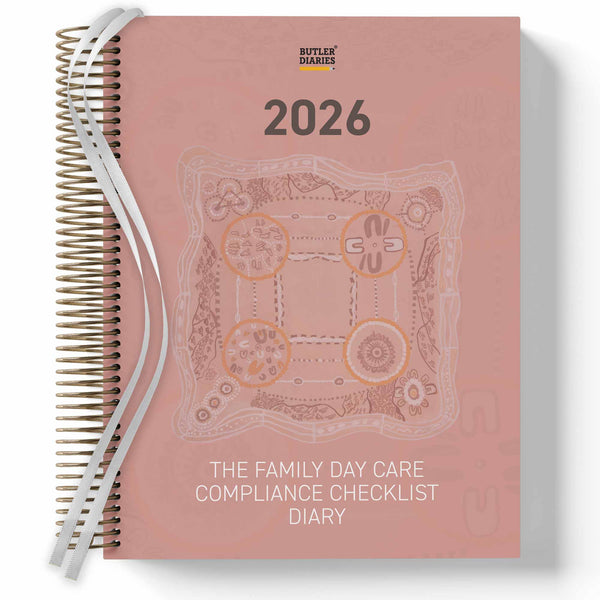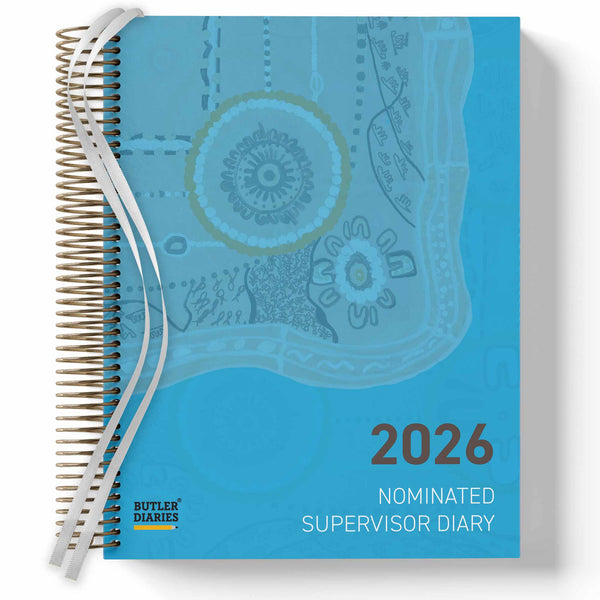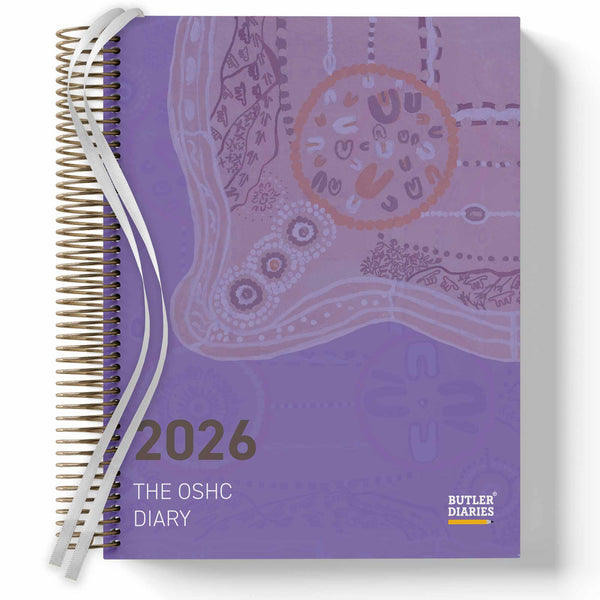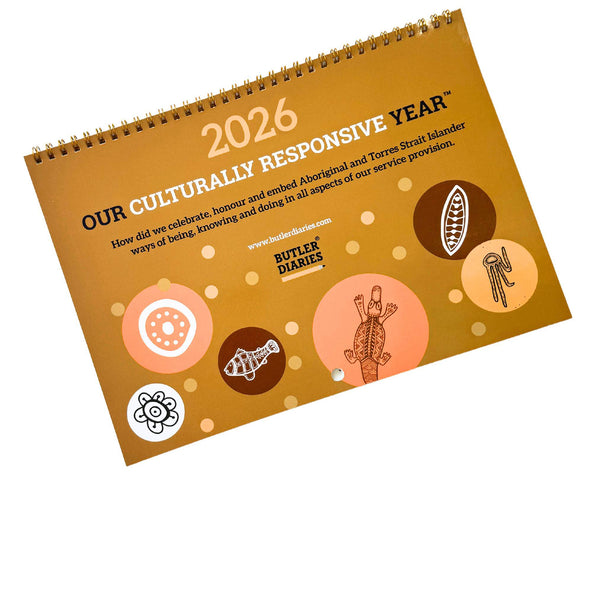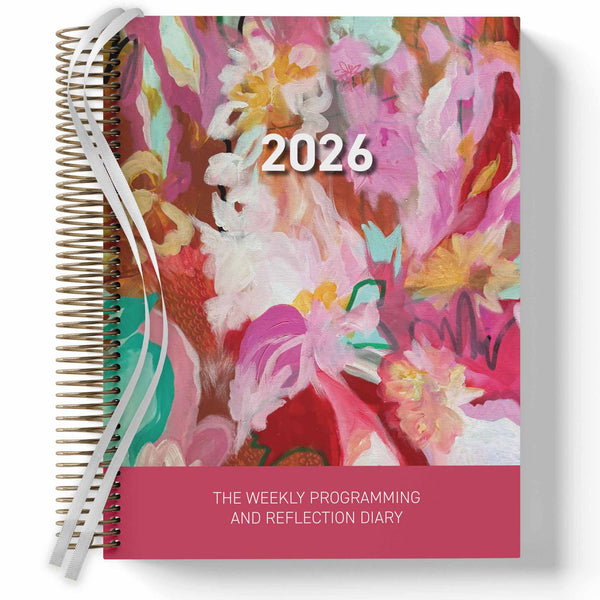The construction industry, known for its complexity and dynamism, operates on a framework that ensures every nail, bolt, and beam aligns with meticulous standards. In Australia, compliance and safety regulations aren't mere guidelines; they are the backbone of our construction ethos, safeguarding both the quality of structures and the well-being of the professionals who build them.
1. Understanding the Importance of Compliance and Safety
Compliance with building codes and adherence to safety regulations isn't just about fulfilling legal obligations. It's about establishing a culture of excellence, responsibility, and integrity within the industry. This dual focus on quality and safety builds trust, ensures longevity, and protects the lives of those working on and using the structures.
2. Australian Building Codes and Standards
Australia's building codes and standards are continually evolving to reflect advancements, environmental considerations, and societal needs. Key aspects include:
a. Structural Integrity: Ensuring that structures meet the prescribed design and material specifications, withstanding natural forces like wind, earthquake, and other potential stresses.
b. Energy Efficiency: Adherence to standards that promote sustainability and energy conservation, contributing to a greener future.
c. Accessibility: Making certain that buildings are accessible to all, including those with disabilities, aligning with inclusive principles.
d. Fire Safety: Incorporating fire-resistant materials and designs, implementing measures for fire prevention and safety.
3. Worker Safety: A Non-Negotiable Priority
a. Personal Protective Equipment (PPE): Ensuring that workers are equipped with the necessary safety gear and that its proper usage is enforced.
b. Regular Training: Providing continuous education and training on safety protocols and risk mitigation.
c. Site Inspections: Conducting regular and thorough inspections to identify potential hazards and address them proactively.
d. Mental Wellbeing: Recognising the importance of mental health and implementing support systems to create a balanced work environment.
e. Daily Prestart: Staying on the same page with a daily prestart to keep safety at the forefront of thoughts. Use your Construction Diary to record your daily prestart and safety chats.
4. Risk Assessment: A Continuous Process
Risk assessment is not a one-time event; it's an ongoing process that includes identifying potential risks, analysing their impact, implementing control measures, and monitoring their effectiveness. It's a dynamic cycle that requires vigilance, foresight, and adaptability.
In Australia, this commitment resonates with our nation's spirit of excellence, innovation, and care. Just as Butler Diaries supports professionals in managing their safety documentation, the industry's adherence to compliance and safety ensures that our structures stand tall, not just as marvels of engineering but as testaments to our collective dedication to quality and humanity.








